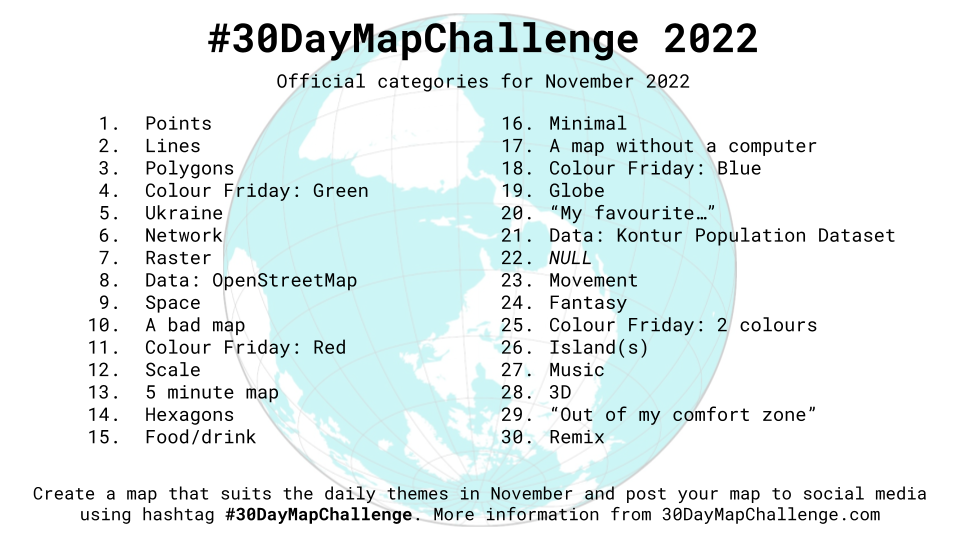Web GIS for Public Health
Heraclitus, a Greek philosopher known for his doctrine of change being central to the universe rightly said that change is the only constant in this universe. No reason why this change should not be constant in the noble life saving field of medical sciences.
Public health is "the science and art of preventing disease, prolonging life and promoting health through the organized efforts and informed choices of society, organizations, public and private, communities and individuals" (1920, C.E.A. Winslow). It is concerned with threats to the overall health of a community based on population health analysis. The population in question can be as small as a handful of people or as large as all the inhabitants of several continents (for instance, in the case of a pandemic). Public health is typically divided into epidemiology, biostatistics and health services. Environmental, social, behavioral, and occupational health are other important subfields (Wikipedia). The underlying commonality in many of the above aspects of public health research is the spatial component of the factors being analysed or monitored.
Medical geography aka health geography, is an area of medical research that incorporates geographic techniques into the study of health around the world and the spread of diseases. It also includes studies on the impact of climate and location on an individual's health as well as the distribution of health services. Medical geography is an important field because it aims to provide an understanding of health problems and improve the health of people worldwide based on the various geographic factors influencing them. Health geography is the application of geographical information, perspectives, and methods to the study of health, disease, and health care (Wikipedia).
Thanks to the Greek doctor Hippocrates (5th-4th centuries BCE) for having studied the effect of location on one’s health thus laying the foundation for the beginning of medical geography. But for Dr John Snow, a doctor in London who plotted the distribution of cholera deaths throughout London on a map and found a cluster of unusually high deaths near a water pump on Broad Street, when the cholera epidemic gripped London medical geography would not have gained significance. Since then geographic techniques have found their place in several other areas of public health research.
The ability of a GIS to add spatial perspective to any data being analysed or monitored is the key to its application in public health research. GIS has always proved to be very useful to epidemiologists across the globe in elucidating patterns and relationships between the person, place, and time components of epidemiologist data. In addition, GIS technology has been an important tool for understanding and displaying disease or disease risk that are related directly to environmental exposure.
Medical geography has an increasing number of applications due to advancements in ICT and GIS. Besides, the spatial distribution of disease is still a large matter of importance, with GIS based maps playing a significant role in this field. Much recent attention has focused on developing GIS functionality in the Internet, Worldwide Web, and private intranets and is termed Web GIS. Web GIS is a Geographic Information System distributed across a networked computer environment to integrate, disseminate, and communicate geographic information visually on the World Wide Web over the Internet” [Gillavry, 2000]. Web GIS is also popularly called as Internet GIS. Web GIS holds the potential to make distributed geographic information (DGI) available to a very large worldwide GIS audience. On similar lines, Google Maps in the recent years has revolutionized the way in which information on several epidemics/ pandemics like swine flu, flu (Google Flu Trends) is delivered to general public with the latest addition being Google Insights for Search.
The objective is to focus on the following aspects:
- Importance of public health research,
- Current trends in the field of GIS, especially Web GIS
- GIS Applications in Medical Geography – Tools & Technologies,
- Spatial Epidemiology: Current Trends and Future Challenges
It can be easily demonstrated how the convergence of advancements in ICT and Medical Geography or Health GIS could play a major role in public health research in taking it to the next level.
The Future of Human Life Expectancy: Have We Reached the Ceiling or is the Sky the Limit? Although human ability to take command of the course of life and death is controversial, after remaining fairly constant for most of human history, life expectancy has nearly doubled in the past century. However the trend towards longer life has also raised concerns about the quality of life at older ages.
GIS together with the advancements in ICT, if applied in the right manner, at the right time, for sure can help address the problems confronting the epidemiologist and the medical community in saving the human race, if not solve them completely.
No matter whether human life expectancy has reached the ceiling or sky is the limit: Let us explore ways to apply GIS to make our lives better!
~ SRG



Comments